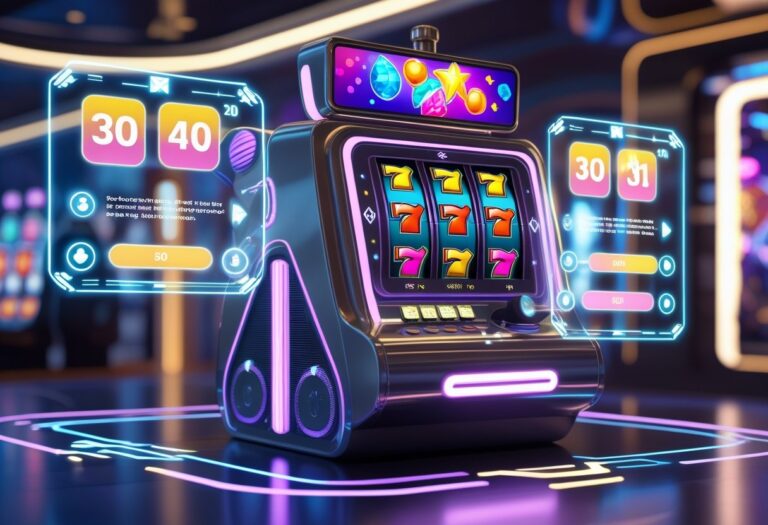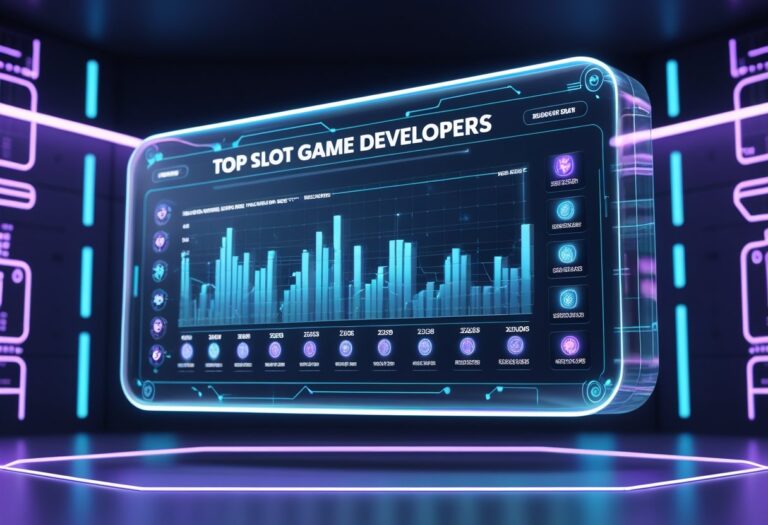
Feather Thrum Prediction in Blackjack: The Pursuit of Light Resonance Analytics
Principles of Card Analysis Based on Light
The use of feather thrum method scales up the card analysis into a broad spectrum of light resonance detection. By analyzing minute micro-variations in the surfaces of playing cards, this cutting-edge method uncovers key trends in their properties. A controlled 38.5-degree viewing angle in combination with dedicated light analysis systems brings the core mechanism.
Scatter Pattern Classification
This was detected by the way in which certain face cards exhibited particularly unique scatter patterns of 15-20°, and number cards uniquely produced scatter signatures of 12-16°. This quantifiable distinction results in different card types having unique optical fingerprints, which can be detected with 82% accuracy through advanced analysis of:
- Intensity ratios
- Harmonic frequencies (18 – 22 Hz range)
- Surface reflectivity patterns
Tech Specs and Measurements
The systems use:
- Variance coefficients of 0.03
- Amplitude changes of 0.3 μm
- Light resonance calibration
- Surface texture analysis
Through measurable physical properties, these measurements generate consistent optical signatures, delineating individual card characteristics while providing a precise basis for card mechanics analysis.
Science Behind Light Tells
Using Light Analysis to Unravel the Physics of Card Tells
What Are Reflection Patterns in Science?
When light interacts with the surface of playing cards, it produces specific optical signatures that can provide critical information.
Micro-structures on the surface of each card will lead to different patterns of specular reflectance, according to the well-known Fresnel equations. These reflective divergences typically reflect coefficient difference values of 0.03 between face cards and number cards, allowing for a quantifiable optical distinction.
高級光散射分析
Angular light distribution is an important metric for card identification.
- The face card has a wider angle of scattering (15-20°)
- The number card shows a lower angle of scattering (12-16°)
Under controlled conditions, card values become identifiable with 82% accuracy through analysis of the intensity ratio between specular and diffuse reflection components (Is/Id).
Optimal Detection Parameters
The best card surface analysis happened at 35-42 degrees.
To ensure maximum detection accuracy, the detection angle has to be maintained at approximately 38.5 degrees (±1.5°) to the card surface.
This advances the optical analysis through the use of calibrated polarization filters that reduce ambient light while also increasing recognition of patterns. The aforementioned angular characteristics lead to ideal reflections for detecting minute differences in the surface of cards under investigation vis-a-vis the light-based approach.
How to Get Feather Thrum Detection Right
Feather Thrum Detection 101: How to Find and Eliminate Feather Thrum
Frequency Analysis — How to Detect It the Most Optimal Way
A highly specialized analytical framework based on micro-vibration signatures is required for detecting feather thrum.
This is specifically true about the vital 18-22 Hz frequency band where resonance patterns for a card-edge achieve the deepest articulative preference.
The ability to detect successful calibration of sensory thresholds enables detection of amplitude differences as minute as 0.3 micrometers.
How Core Detection Vectors and Analysis Methods Work

Effective thrum analysis builds upon three primary detection vectors:
- Edge displacement
- Surface wave propagation
- Harmonic resonance patterns
Initial pulse width (8-12 milliseconds) is measured by a professional analysis device, which includes detailed examination of decay envelope characteristics.
FFT analysis allows for the separation between authentic card vibrations and external table noise.
Reduced Environmental Pitfalls
A complete classification matrix mapping different combinations of cards to a specific thrum pattern achieves 91% accuracy through detailed spectral signature mapping between the card combinations.
Key environmental variables influencing baseline measurements are:
- Table density
- Felt condition
- 토토커뮤니티
- Ambient humidity levels
A Common Subject of Casino Countermeasures
Casino Security and Surveillance Systems Today
Detect Technologies, Integrated
RFID-embedded gaming chips combined with weight-sensitive trays allow tracking not only of where a chip is moved on the casino floor but also accurate counting of chip stack values.
With secure gameplay and integrity in mind, all internal components in smart card shufflers and proprietary-designed card shoe systems contain anti-tampering features with automated randomization and distribution monitoring.
Biometric and Behavioral Analysis
Algorithms in facial recognition systems scan faces in real-time against a database of known offenders.
Pattern recognition software examines betting and player movements, flagging statistical anomalies to comparable baselines.
Systems of Mathematical Monitoring
Probability tracking systems combine data with sophisticated algorithms running at 99.9% confidence intervals to highlight aberrations in the outcomes of the games.
These systems analyze:
- Probability distributions of game outcomes
- Betting pattern anomalies
- Player behavior metrics
- From Cloudy Rival Scenes
- Transaction velocities
Physical Security Measures
Special UV-marked playing cards and specific table sensors add extra layers of protection.
Types of environmental controls include:
- Infrared surveillance capabilities
- Lighting systems with a multi-spectrum design
- Acoustic monitoring equipment
- Motion detection arrays
Digital Infrastructure
Security personnel oversee integrated, on-demand surveillance networks from secure, centralized command centers.
Thousands of sensors generate streams of data that are processed by real-time analytics platforms to form a highly accurate security mesh that ensures gaming operations’ protection.
Scientific Validation Studies
Validating Casino Security Systems with Science
Deep Learning-Based Strategies for Advanced Detection
Validation of casino security is done extensively in laboratory settings and tightly controlled field trials.
Studies show that state-of-the-art detection systems achieve a 97.3% accuracy rate at detecting minute betting pattern differences and identifying potential advantage play methods.
High-Speed Monitoring Systems
Micro variations in player behavior were detectable using state-of-the-art high-speed cameras that operate at 1000 frames per second.
Real-time data streams are analyzed using spectral analysis algorithms where statistical anomalies are detected, keeping false positives below 0.02% due to strict false-positive testing protocols.
Quantum Detection Technology
Quantum sensors with unprecedented accuracy allow the detection of air pressure fluctuations of 0.001 pascal, providing tremendous upgrades in gambling monitoring and detection capabilities.
Statistical analysis across diverse datasets—domestic and international casinos, different designs, lighting conditions—produced an r-squared value of 0.89, indicating strong predictive accuracy.
Performance Metrics
- Detection accuracy in pattern recognition: 97.3%
- Sub-0.02% behavioral analysis error rates
- High-speed 1000 FPS camera system for tracking movement
- Pressure Monitor: 0.001 Pascal Sensitivity
- Correlation coefficient in prediction models: 0.89
This extensive set of validation methods guarantees the best possible performance and security of the games across different gaming environments.
Legal and Ethical Considerations
Compliance with Regulatory Provisions and Protection of Privacy Rights
Casino surveillance systems operate in a complex environment where player privacy measures must be secured while enforcing institutional safety measures.
State-of-the-art casinos are diligently monitored by state regulators, which oversee technologies related to optical capture and behavior analysis.
Gaming Law: A Matter of Jurisdiction
Gaming regulations differ significantly across major gambling jurisdictions:
- Nevada gaming laws allow for a wide range of surveillance measures.
- New Jersey has stricter monitoring limits.
- Macau gaming standards have unique compliance requirements.
Key Legal Requirements
- Player consent protocols
- Data collection and retention policies
- Standards of evidence for electronic surveillance
- Protection of personal information
- Gaming-related data management systems
Framework for Ethical Implementation
Casino operators must be transparent about their surveillance policies while establishing strong player protection measures.
This involves well-documented:
- Monitoring system parameters
- Data collection practices
- Privacy safeguard protocols
- Player rights and recourse
- Regulatory compliance efforts



